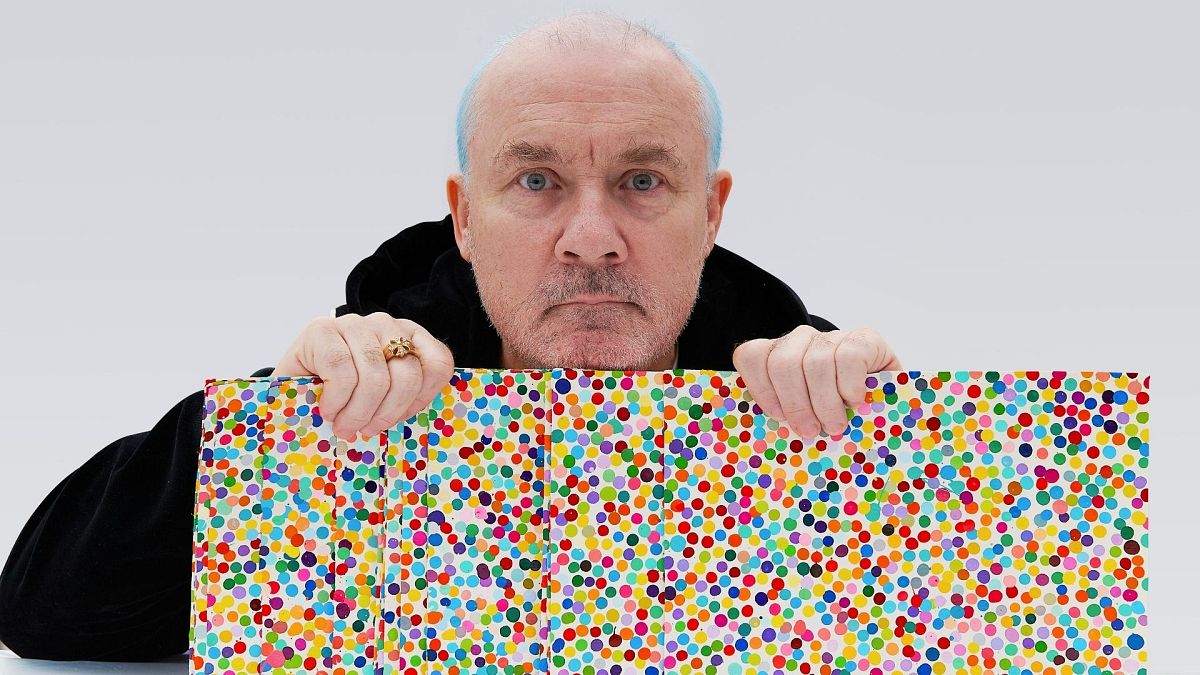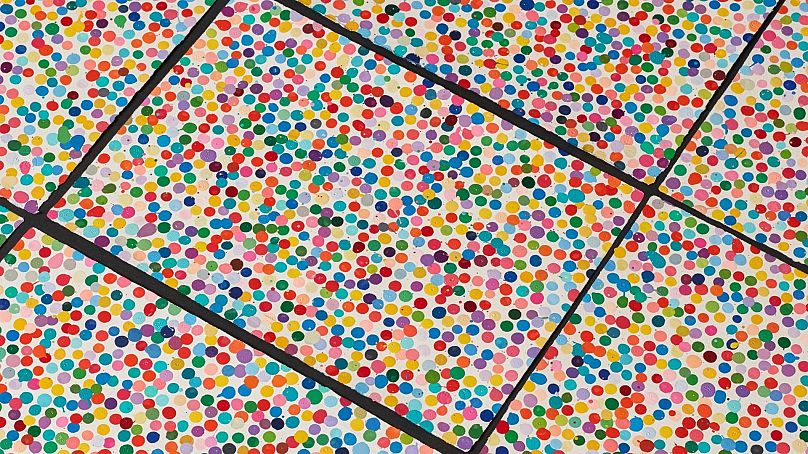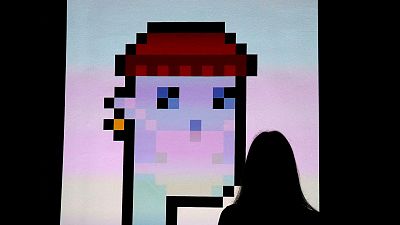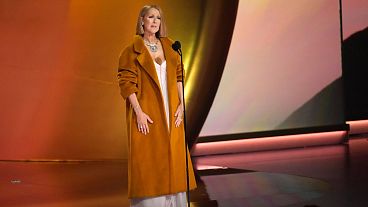A new exhibition has asked 10,000 people if they'd rather have a physical copy or NFT or a Damien Hirst painting. But if you choose NFT, the physical copy goes up in smoke.
Damien Hirst’s latest exhibition is going to burn paintings that have been turned into NFTs.
Yes, you read that right.
One year ago today, the legendary artist behind works like a full shark preserved in formaldehyde, Damien Hirst, sold 10,000 of his unique dot paintings as NFTs.
Hirst gave the buyers a year to decide whether they wanted to keep the NFTs of the artworks, or trade them in for the physical version of the piece.
After the deadline at 3pm today (27 July), anyone who had chosen to keep the NFT instead of trade for the physical work would condemn their piece to the firepit.
Hirst will be burning all the paintings that are being kept as NFTs at an exhibition opening ceremony at Newport Street Gallery in London, opening on 9 September 2022.
At time or writing, the number of the 10,000 paintings being kept as physical versions is 4,910.
That means on 9 September, Hirst will be burning 5,090 paintings.
You can track the NFT owners who have chosen to burn their artworks via HENI, an arts technology company.
The Currency
It’s all part of an exhibition by Hirst called “The Currency”.
The Currency started with the huge number of dot paintings that Hirst started creating in 2016, from his trademark coloured dot style he’s experimented with since 1986.
The 10,000 new dot paintings are all unique and have multiple anti-counterfeiting techniques from watermarks to holographic images of Hirst.
The works were then all converted into NFTs and sold to prospective buyers who can treat the paintings as currency on HENI’s platform.
“This project explores the boundaries of art and currency - when art changes and becomes a currency, and when currency becomes art,” says Hirst of the exhibition.
“It’s not a coincidence that governments use art on coins and notes. They do this to help us believe in money. Without art, it’s hard for us to believe in anything,” he continues.
As the clock quickly runs out, who will choose to have a physical artwork, and who will choose to let their copies burn?




